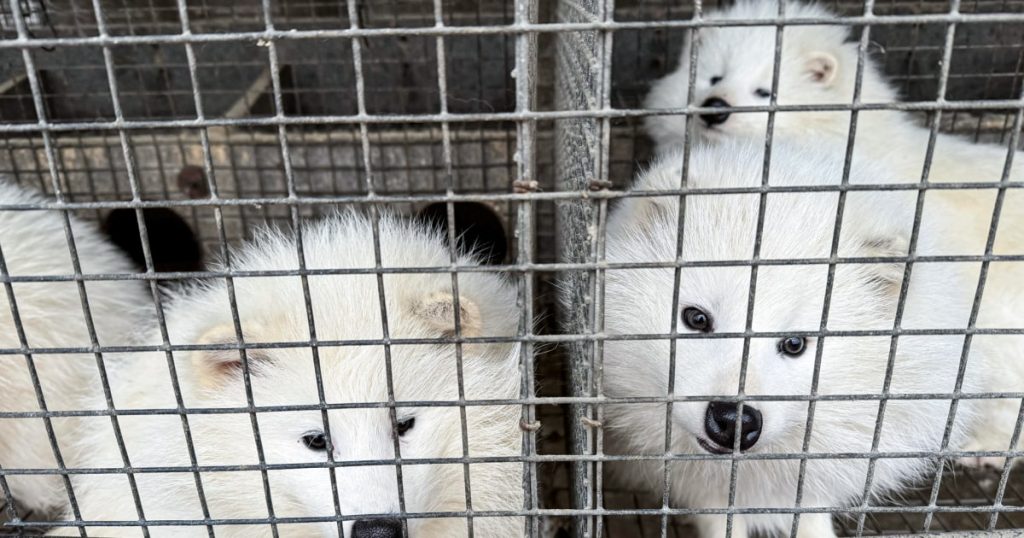Humane Society International conducted an investigation of five fur farms in China at the end of 2023 and found a high risk of diseases developing that could potentially jump from animals to humans. The farms, located in China’s northern Hebei and Liaoning provinces, held between 2,000 and 4,000 animals in intensive conditions, including in close proximity to poultry. Alastair MacMillan, a visiting professor at Surrey University’s Veterinary School, noted that the high stocking density of the animals on these fur farms facilitates the rapid spread of viruses, potentially increasing the risk of a threat of human infection.
Despite the disturbing conditions observed on the fur farms, China’s Ministry of Agriculture and Rural Affairs did not respond to requests for comment regarding the risk of disease spread. Data from the early days of the Covid-19 pandemic suggested that raccoon dogs, which were among the animals raised on these fur farms, may have played a role in the virus reaching humans. Photos and footage from HSI showed animals densely packed in small cages with wire mesh floors, exhibiting signs of psychological distress such as repetitive pacing. This stark contrast between the reality of fur farming and the glamorous image portrayed by the industry raises concerns about animal welfare and public health.
The footage of animals in distress on the fur farms raised alarms from veterinary experts, who identified the cramped conditions and poor hygiene as conducive to the spread of zoonotic diseases. Peter Li, HSI’s China policy expert, pointed out that mentally disturbed animals, filthy cages, and the presence of zoonotic diseases paint a grim picture of the fur trade despite attempts to glamorize it. While China’s fur production has decreased in recent years, there still exists a robust demand for fur, with social media platforms like Xiaohongshu and Weibo showcasing discussions about fur as a desirable and practical choice for staying warm.
The investigation conducted by Humane Society International highlighted the disturbing conditions on fur farms in China, where animals are raised in intensive confinement and subjected to poor welfare standards. The high stocking density of animals on these farms increases the risk of disease transmission, posing a potential threat to public health. The footage and photos obtained by HSI revealed animals housed in small cages with wire mesh floors, exhibiting signs of psychological distress such as repetitive pacing. Despite a decline in fur production in China, there remains a demand for fur, with social media platforms promoting fur as a fashionable and functional choice.
The lack of response from China’s Ministry of Agriculture and Rural Affairs regarding the conditions on fur farms and the risk of disease spread raises concerns about transparency and accountability in the industry. The potential for zoonotic diseases to emerge and spread from animals to humans underscores the need for stricter regulations and oversight in the fur trade. While efforts to reduce fur production have been made, the continued demand for fur reflects a disconnect between consumer preferences and ethical considerations. The exploitation of animals for fur production not only poses a risk to public health but also raises ethical concerns about animal welfare and the sustainability of the industry.


